How to Easily Supplement Fluorescent with Incandescent Light
struwwelpeter
14 years ago
Related Stories

HOW TO PHOTOGRAPH YOUR HOUSEAttract Home Buyers Easily With Great Photography
Show your home's best face in real estate listing photos to have potential buyers knocking down your door
Full Story
FUN HOUZZ10 Things People Really Don’t Want in Their Homes
No love lost over fluorescent lights? No shocker there. But some of these other hated items may surprise you
Full Story
COLORWant Gorgeous Interior Colors? Look to the Light
See how to manipulate natural and artificial light — and learn about those baffling new bulbs — to get the exact room colors you want
Full Story
LIGHTINGThe Lowdown on High-Efficiency LED Lighting
Learn about LED tapes, ropes, pucks and more to create a flexible and energy-efficient lighting design that looks great
Full Story
LIGHTINGWhat to Know About Switching to LED Lightbulbs
If you’ve been thinking about changing over to LEDs but aren't sure how to do it and which to buy, this story is for you
Full Story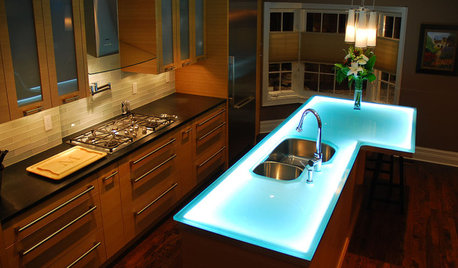
FUN HOUZZThe Case for a Glow-in-the-Dark Home
These fanciful, fun and functional ideas will have you lighting up your home in new and unexpected ways ... and not just at Christmastime
Full Story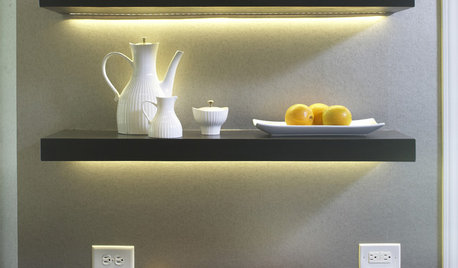
KITCHEN DESIGN12 Ways to Light Your Kitchen With LEDs
See how to use new energy-saving lights to illuminate your kitchen, light a countertop and add style, too
Full Story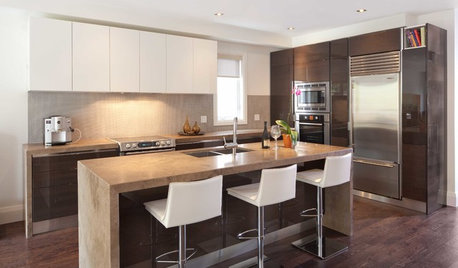
LIGHTINGGet Your Home's Recessed Lighting Right
Learn the formula for how much light a room needs plus how to space downlights, use dimmers and more
Full Story
LIGHTING5 Questions to Ask for the Best Room Lighting
Get your overhead, task and accent lighting right for decorative beauty, less eyestrain and a focus exactly where you want
Full Story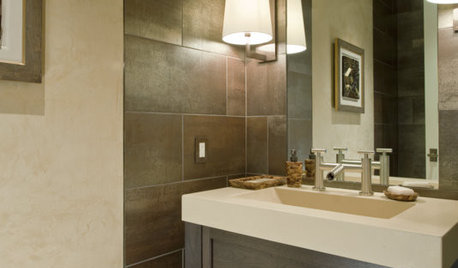
BATHROOM DESIGNHow to Light Your Bathroom Right
Get ready for your close-up in a bath that's a sanctuary with task, accent, decorative and ambient lighting
Full StoryMore Discussions






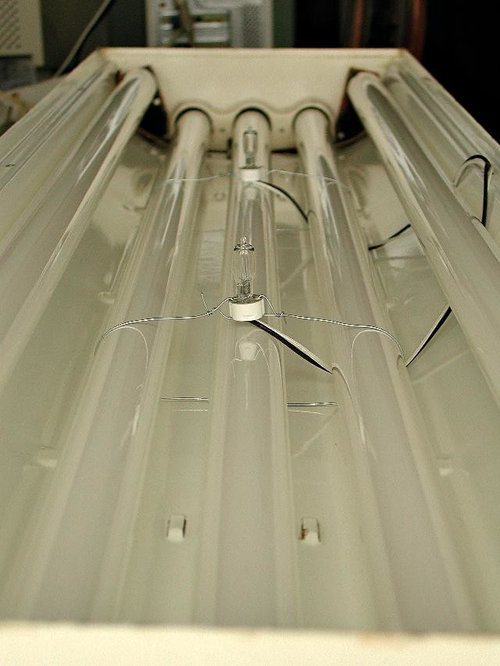
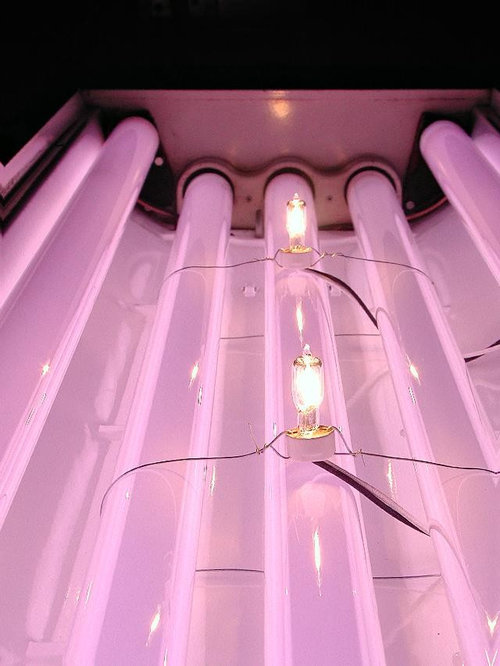
organic_oddity
struwwelpeterOriginal Author
Related Professionals
Deer Park Landscape Architects & Landscape Designers · Burlington Landscape Contractors · Waterbury Landscape Contractors · Chattanooga Landscape Contractors · Riverview Landscape Contractors · Secaucus Landscape Contractors · Vallejo Landscape Contractors · Carmichael Fence Contractors · Fort Lauderdale Fence Contractors · Homestead Fence Contractors · Madison Fence Contractors · Oregon City Fence Contractors · Nipomo Fence Contractors · Beaufort Roofing & Gutters · The Colony Roofing & Guttersyucatan
struwwelpeterOriginal Author
yucatan
struwwelpeterOriginal Author
struwwelpeterOriginal Author
yucatan
penfold2
struwwelpeterOriginal Author
wordwiz
penfold2
wordwiz
penfold2
wordwiz
struwwelpeterOriginal Author
wordwiz
organic_oddity
taz6122
yucatan
struwwelpeterOriginal Author
taz6122
wordwiz
struwwelpeterOriginal Author
yucatan
chefrobert
organic_oddity
struwwelpeterOriginal Author
yucatan
struwwelpeterOriginal Author
struwwelpeterOriginal Author
struwwelpeterOriginal Author
struwwelpeterOriginal Author
struwwelpeterOriginal Author
organic_oddity
struwwelpeterOriginal Author
taz6122
struwwelpeterOriginal Author
taz6122
struwwelpeterOriginal Author
organic_oddity
wordwiz
struwwelpeterOriginal Author
struwwelpeterOriginal Author
struwwelpeterOriginal Author
anthony_toronto
wordwiz